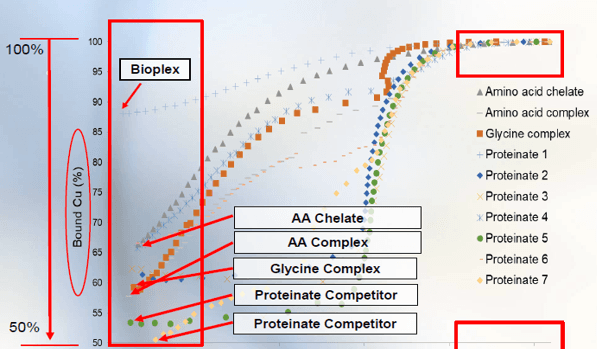Get a 24 hour weather forecast
If you’re buying your dry cow minerals now be cautious and ensure that your minerals are going to meet the requirements of the cow.
Mineral Feeding Pre-Calving
The objectives of a Dry Cow Management Program are for the cow to calve:
of Magnesium and Vitamin D3 in the pre-calving mineral level.
Mineral must haves:
A mineral that is formulated to meet the must haves in the accompanying tables will result in (assuming BCS, energy and protein nutrition and calving management are correct):
| Element | What It Effects | Must Haves |
| Magnesium | Milk Fever | A pre-calver mineral should contain 30+ grms per day |
| Cu (Copper) | Fertility, immune status, production | A pre-calver mineral should contain c.400mg/day. To limit losses and maximise cow availability c.25-30% of this Cu should be in the bioplex form |
| Zn (Zinc) | Lameness, SCC, Mastitis, Production | A pre-calver mineral should contain c.500mg/day. To limit losses and maximise cow availability c.25-30% of this Zn should be in the
bioplex form |
| Se (Selenium) | Retained Cleansings,
Colostrum Quality, SCC, Mastitis |
A pre-calver mineral should contain c.5mg/day. To limit losses and maximise cow availability c.25-30% of this Se should be Selpex |
| Iodine | Weak Calves,
Embryonic Deaths |
A pre-calver mineral should contain, but not exceed 60mg/
day. |
| Vitamin A | Retained Placenta | A pre-calver mineral should contain >60,000 iu/day. |
| Vitamin D | Milk Fever | A pre-calver mineral should contain >12,000 iu/day. |
| Vitamin E | Retained Cleansings,
Colostrum Quality, SCC, Mastitis |
A pre-calver mineral should contain >500 iu/day. |
Not all Organic or Protected Minerals are Equal:
The site of digestion of minerals within cows is the small intestine. Standard minerals interact with each other throughout the digestive tract. These interactions can render the minerals unavailable to the cow. Organic minerals are protected from these interactions (hence the term protected minerals). The pH of the digestive tract can vary from 2.5 to 7 depending on where you are within it. The protection on minerals must be able to withstand these pH fluctuations. The rumen is the first compartment a mineral reaches, its pH is c.6, relatively neutral. Its relatively easy for a mineral protection to survive this environment. However, as we progress further down the digestive tract the environment can become more acidic. In these environments the quality of the protection becomes more important.
Key Point: Most organic minerals can survive the rumen, the better organic can survive the lower pHs.
Within pre-calver gold we use Bioplex mineral because these organic minerals can survive intact at a range of pHs.
